Belonging to the Asteraceae family, the leopard plant, also known as Farfugium or Ligularia, is a perennial native to southern China and temperate eastern Asia. Renowned for its striking, large, dinner-plate-sized foliage, this bold plant thrives in semi-shady garden spots, adding a unique touch to any landscape. While its small, daisy-like flowers are charming, the dramatic leaves steal the show, making it a favorite among gardeners seeking an eye-catching addition. Growing and caring for the leopard plant is straightforward, making it an excellent choice for gardeners of all skill levels.
| Common name | Leopard Plant |
| Botanical name | Farfugium japonicum |
| Family | Asteraceae |
| Species | japonicum |
| Origin | Southern China to Temp. Eastern Asia |
| Life cycle | Perennial |
| Plant type | Herbaceous Perennial |
| Hardiness zone | 7, 8, 2009 |
| Sunlight | Dappled Sunlight |
| Maintenance | Medium |
| Soil condition | High Organic Matter |
| Drainage | Well-Drained |
| Spacing | 12 in. – 3 ft. |
| Flowering period | Fall |
| Height | 1 ft. – 3 ft. |
| Flower color | Gold, Yellow |
| Leaf color | Gold, Yellow |
| Leaf benefit | Showy |
| Flower benefit | Showy |
| Garden style | Shade Garden |
| Uses | Meadow |
I. Appearance and Characteristics
Farfugium japonicum (syn. Ligularia tussilaginea) is a species of flowering plant in the family Asteraceae, also known as leopard plant, green leopard plant or tractor seat plant. It is native to streams and seashores of Japan, where it is called tsuwabuki (石蕗).
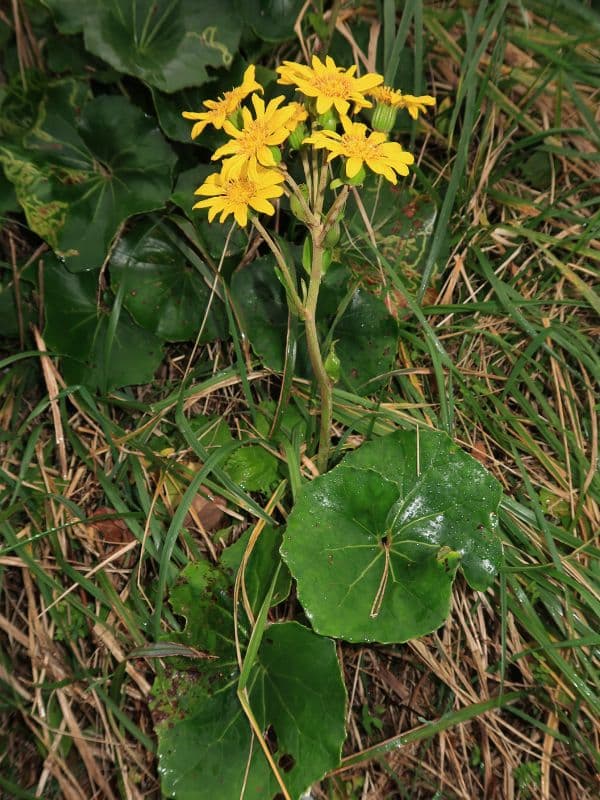
It is a rhizomatous evergreen perennial, growing in a loose clump about 60 cm (24 in) tall and wide, with large round or kidney-shaped leaves that are slightly fleshy in texture. Daisy-like yellow flowers, 2.5–5 cm (1–2 in) across, are borne in loose clusters in autumn and winter.
Farfugium japonicum contains tumorigenic pyrrolizidine alkaloids.
II. How to Grow and Care
Sunlight
Leopard plant needs part to full shade. It is not a plant that can tolerate much direct sun, which causes the leaves to wilt and burn.
Temperature and Humidity
To be grown outdoors year-round, the plant needs a warm, tropical climate. It does best in humid conditions. In dry weather, misting the leaves helps to increase humidity.
Watering
These shade perennials get pretty thirsty, therefore they are good wet-area plants. In the absence of frequent rain, they need irrigation on an ongoing basis. Make sure to give them a deep soaking at least once a week.
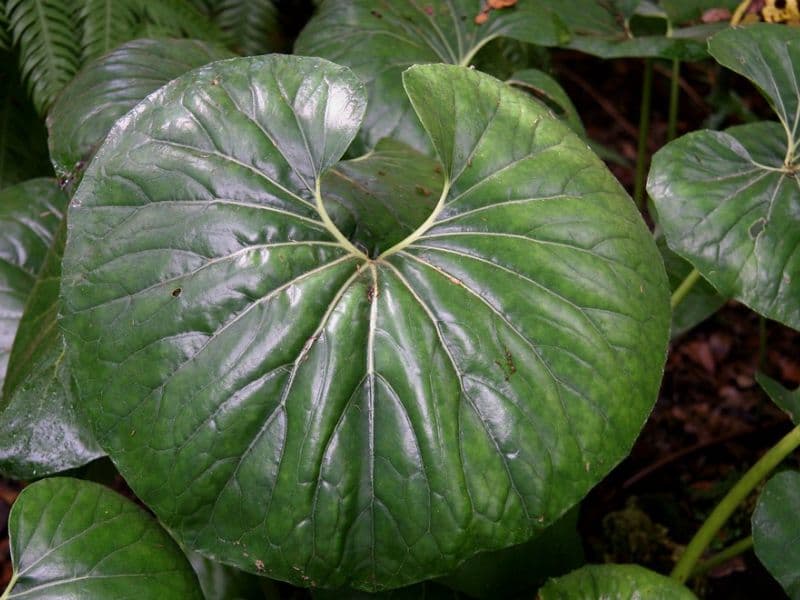
Soil
Leopard plant requires a rich, humus-heavy soil that is consistently moist, even wet. It tolerates a range of pH levels, from slightly acid to slightly alkaline.
Fertilizing
If planted in rich, humus-heavy soil, leopard plants don’t require any feeding but they benefit from a thick layer of organic matter, applied in the spring.
Propagation
Leopard plant forms dense clumps that can be divided in the spring after new growth has started. Here’s how:
- Using a shovel, lift the entire clump out of the soil.
- Divide it into segments using a sharp knife. Make sure that each segment shows some new growth.
- Replant the segments in a new, shady location with moist, rich soil, at the same depth as the original plant. Water it well and keep the soil evenly moist at all times.
How to Grow From Seed
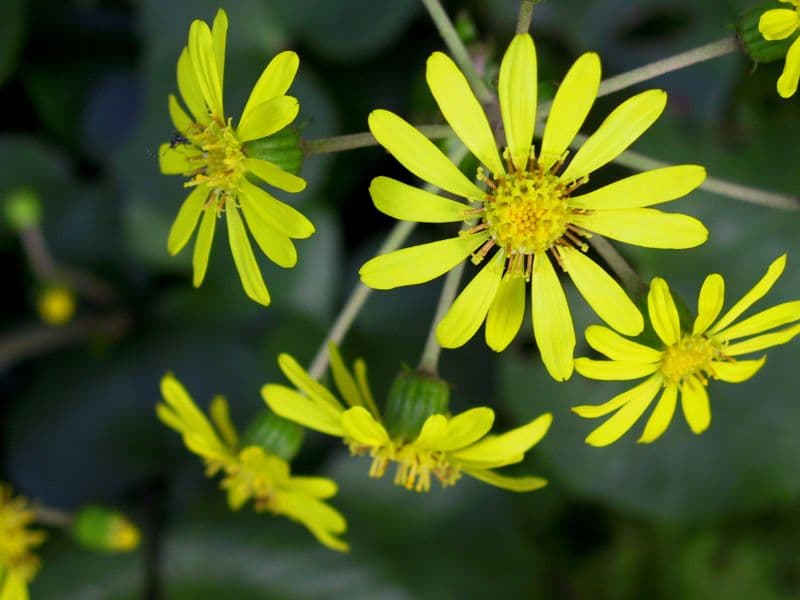
Leopard plant can be grown from seed, although germination might be erratic.
Fill a seedling tray or pots with sterile potting mix and water it until evenly moist. Place the seeds on the surface and press them down lightly; do not cover them as they need light to germinate. Spray them with water and keep the soil moist but not soggy. Place the pots in an indoor location with bright indirect light. Germination can take up to six weeks.
When the seedlings are a few inches tall, they can be transplanted into larger pots or outdoors in late spring or early summer. Make sure to harden off seedlings before planting outside.
Potting and Repotting
Leopard plant is suitable to be grown in containers. A 12- to-16-inch pot works well for most cultivars. Terra cotta is ideal as it lets excess moisture evaporate and keeps the soil cooler than plastic pots. Make sure the container has adequate drainage holes and the potting medium also drains well.
As leopard plant prefers rich soil—and the frequent watering of container plants washes out nutrients—it needs more fertilizer than in garden soil. Fertilize it monthly with a slow-release balanced fertilizer, starting at the beginning of the growing season in the spring and until the late summer. Do not fertilize it during the winter when the plant goes dormant.
Repot the plant as needed when the roots start to outgrow the container.
Overwintering
Leopard plants are evergreen, although they will go dormant and die back if temperatures drop down to 20 degrees Fahrenheit.3 In the fall, cover the crowns with 3 inches or so of mulch, pulling it back as new growth begins in the spring.
If the plant is exposed to an extended hard freeze (below 28 degrees Fahrenheit), there is a chance it will die and need to be replanted again.
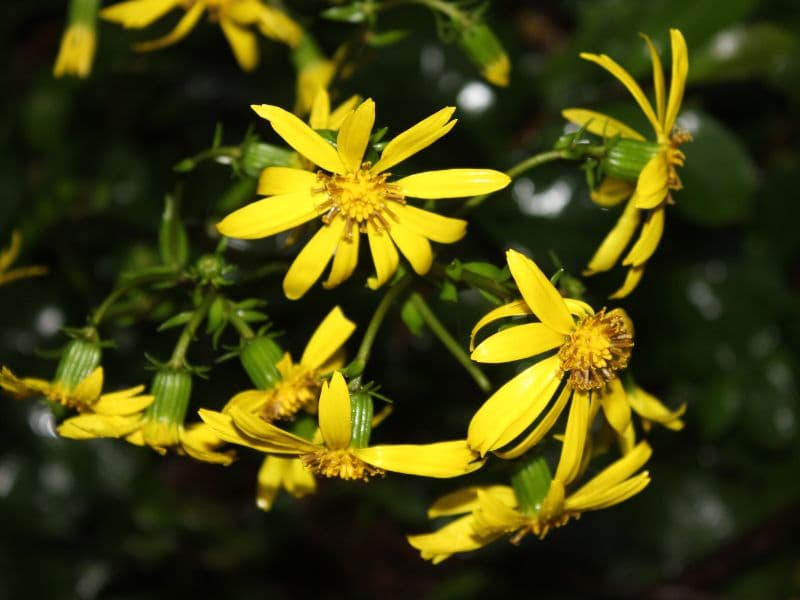
When grown in containers below USDA zone 7, leopard plant needs to be brought indoors for the winter. Place it in a location with bright indirect light. During dormancy, it needs less water but the soil should never fully dry out so water as needed.
How to Get to Bloom
Failure to bloom might be too much nitrogen in the soil or too much sunlight. Leopard plant is one of the few blooming plants that thrive in shady conditions.
Pests and Diseases
Common Pests and Plant Diseases
Leopard plant is not prone to serious pests and diseases but slugs and snails are drawn to the leaves. If slugs are an issue in your yard, one of several methods to keep them at bay is to use diatomaceous earth.
Common Problems
Too much sunlight, wilting, and burned leaves are typical signs that the plant is getting too much sunlight or too little water.
III. Uses and Benefits
- Ornamental uses
They look great planted in woodland gardens, moist meadows, bog gardens, flowerbeds, large bowls, under larger trees, shade gardens, and in boundaries.
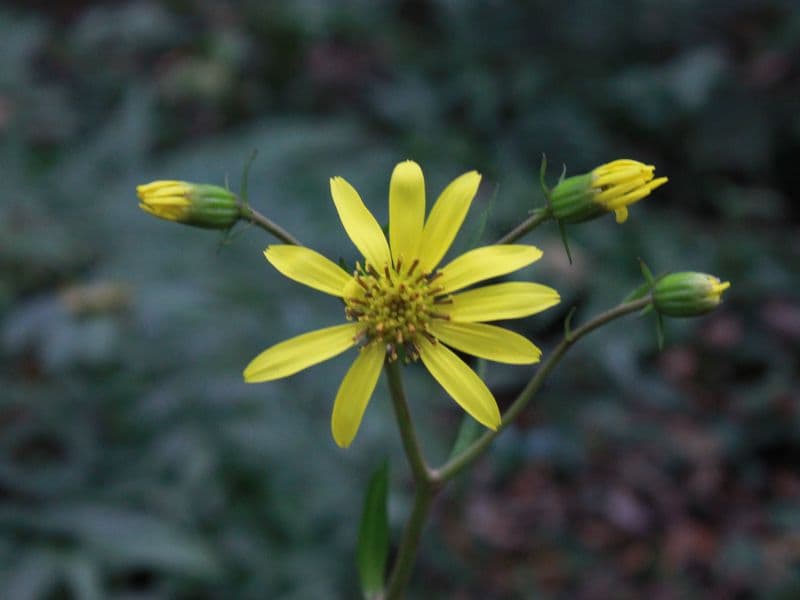
Leopard plants also work well with astilbe, columbines, ferns, hostas, and other fine-textured shade plants.
They also attract pollinators and other beneficial insects like butterflies and bees.
The cultivar ‘Aureomaculatum’ has gained the Royal Horticultural Society’s Award of Garden Merit. It is hardy in coastal or mild areas, but requires protection from cold winds.
- Culinary uses
In some areas, the stems of the Leopard plants have edible uses. The stems are boiled in water to remove the bitter taste.
The outer layer is then peeled, and the stems are added to salads, soups,…
IV. Varieties of Leopard Plant
There are several varieties of the plant, including:
- Farfugium japonicum ‘Aureomaculatum’, a cultivar with heavily speckled green-yellow leaves
- Farfugium japonicum ‘Crispatum’ with grey-green leathery leaves that have crispy edges
- Farfugium japonicum ‘Shishi Botan’ with grey-green leaves that are heavily ruffled and crinkled, similar to parsley
- Farfugium japonicum var. giganteum (Giant leopard plant), reaching 3-4 feet in height and spreading 2-3 feet with large leaves
- Farfugium japonicum ‘Wavy Gravy’, a compact cultivar with a rounded growth habit
The plant does not require pruning. Deadheading is also unnecessary.
Find Where to Buy the Best Leopard Plant (Farfugium japonicum)









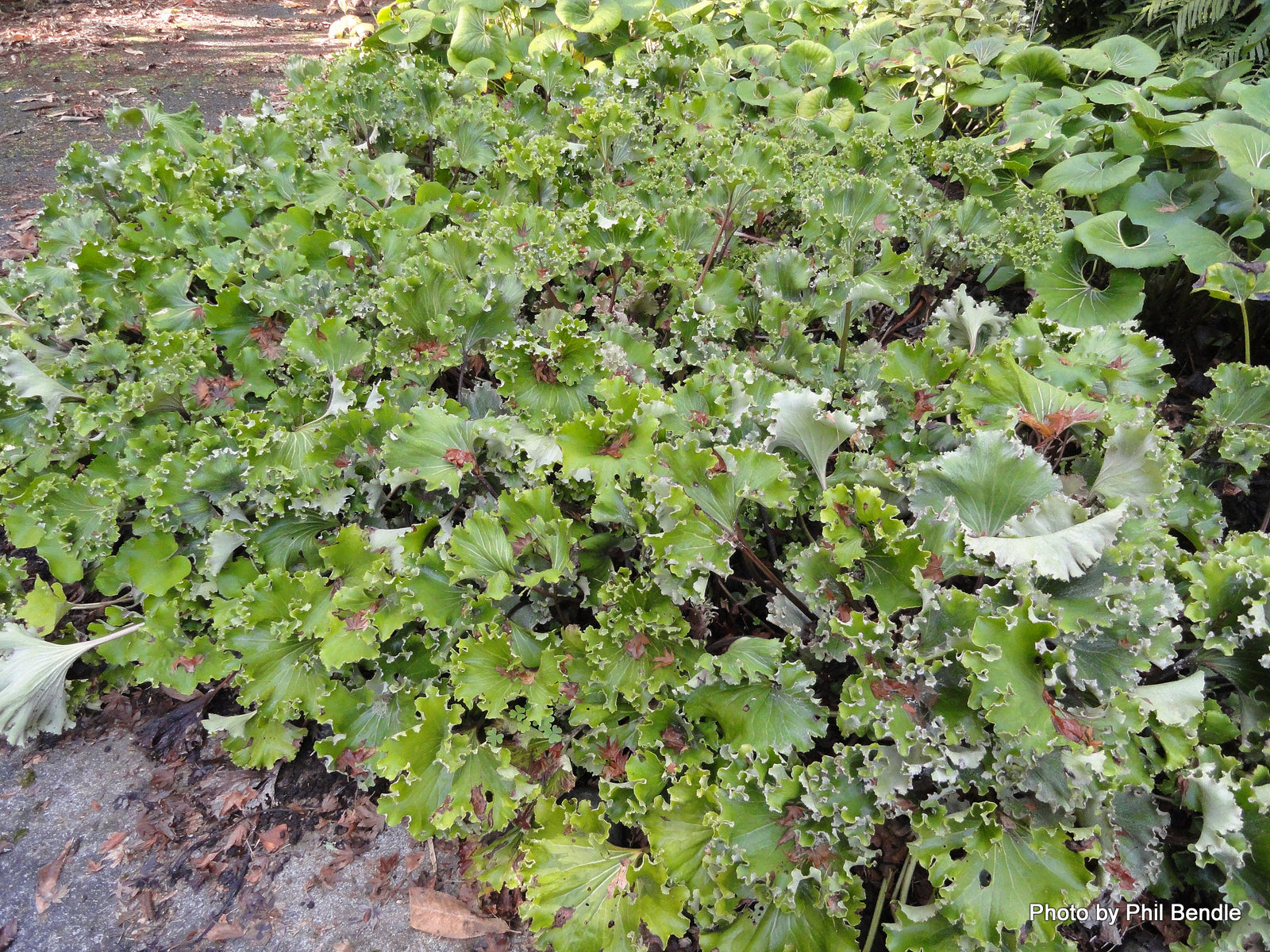








Leave a Reply